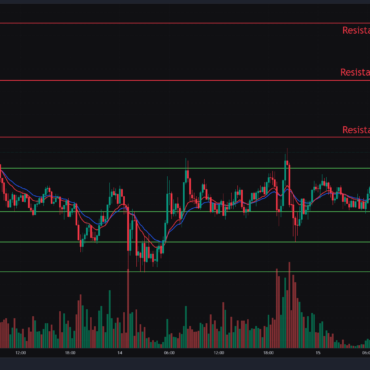In January 2018, a masked gang dressed as Santa Claus shattered the life of Pavel Nyashin, a 23-year-old Russian crypto millionaire. His story, a whirlwind of ambition, wealth, and devastating missteps, offers a chilling warning for the digital age.
From Modest Roots to Bitcoin Millionaire
Pavel Nyashin grew up in a working-class Russian neighbourhood, raised by divorced parents. Drawn to technology, he dropped out of college at 18, dabbling in pyramid schemes before discovering Bitcoin. By 2017, he’d built a mining empire from his rented cottage near St. Petersburg.
Using the pseudonym “Kryptach,” he launched a YouTube channel, flaunting stacks of cash and detailing his crypto strategies. Followers marvelled as he reportedly earned $330,000 in months. His subscriber count soared to 20,000, cementing his status as a self-made guru.
The Double-Edged Sword of Fame
Nyashin’s online persona thrived on transparency. He shared his home address openly, aiming to appear accessible to investors. Yet this visibility masked a dangerous oversight.
“I want people to trust me,” he declared in one video, unaware of the risks. Following his lavish displays of gold watches, mining rigs, and investor cash painted a target on his back. By early 2018, his fortune neared $425,000, much of it managed for clients.
A Disastrous Mistake Unleashes Chaos
On January 14, 2018, Nyashin’s worst nightmare unfolded. Masked intruders, later dubbed “Santa Claus robbers,” stormed his home. They pistol-whipped him, tied him up, and stole a safe containing $425,000, mining equipment, and sensitive documents.
The thieves vanished, leaving Nyashin hospitalised and his reputation in tatters. Investors demanded refunds, while skeptics accused him of staging the heist. “He seemed too careless,” a fellow YouTuber remarked. Authorities opened a case, but no arrests followed.
Descent Into Darkness
Nyashin retreated to a cramped St. Petersburg apartment with his mother, battling depression and debt. Desperate to recover losses, he invested in a fraudulent ICO, a move that drained his remaining funds.
By April 2018, the pressure became unbearable. On the 30th, his mother found him hanged, with no suicide note. Officially, the cause remains unconfirmed, but insiders point to overwhelming guilt and financial ruin. “He couldn’t face the investors,” his mother told local media.
Unanswered Questions and Lingering Suspicions
Conspiracy theories swirled posthumously. Had Nyashin faked his death? Stolen the money himself? Forensic experts found no signs of violence, yet doubts persist.
Following this, his mother faced relentless creditor calls. Investors, many anonymous, clamoured for repayment. “He owed them everything,” a friend admitted. Nyashin’s YouTube channel, once buzzing with tips, fell silent, a digital ghost town.
A Warning for the Digital Age
Nyashin’s story mirrors countless crypto tragedies. From hacked wallets to phishing scams, the sector’s volatility extends beyond markets. “Privacy isn’t optional,” warns cybersecurity expert Elena Petrov. “Flaunting wealth online is like inviting thieves to dinner.”
Yet his legacy isn’t solely cautionary. Nyashin symbolised raw ambition, a tech-savvy dreamer who soared too close to the sun. His final video, uploaded weeks before the robbery, urged followers to “mine smarter, not harder.”
Protecting Your Digital Life
Pavel Nyashin’s meteoric rise and catastrophic fall underscore a harsh truth: in crypto, anonymity is armour. Experts advise using VPNs, avoiding location tags, and storing assets offline.
“The internet never forgets,” Petrov adds. “Every post, every boast, it’s permanent.” For Nyashin, that permanence proved fatal. As crypto evolves, his story remains a stark reminder: fortune favours the discreet.
Written By Fazal Ul Vahab C H




